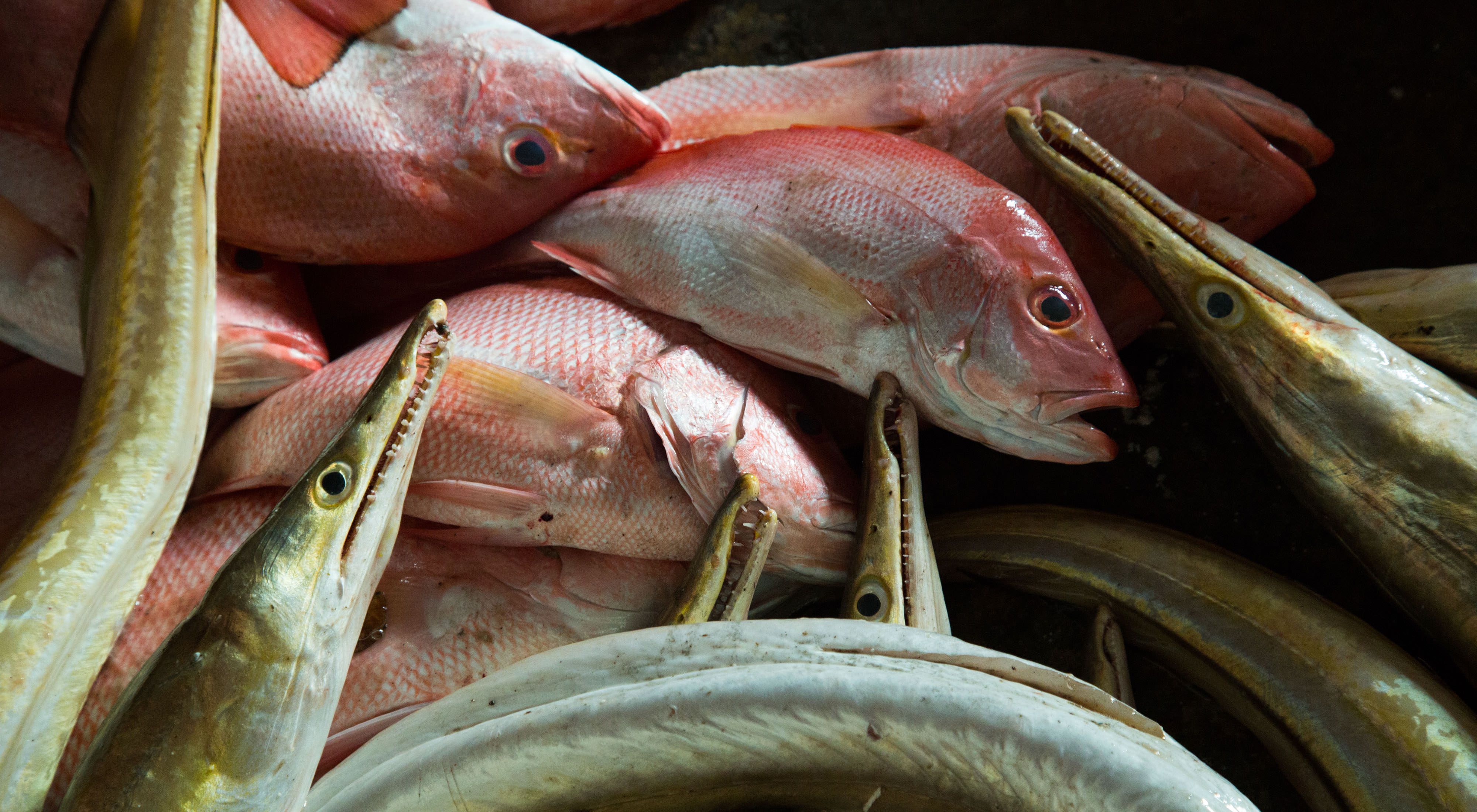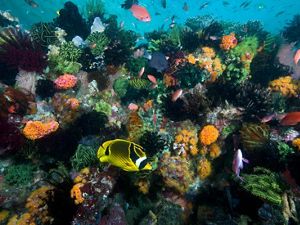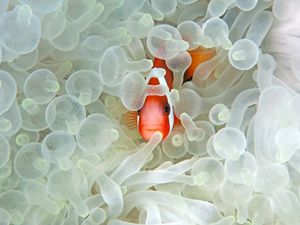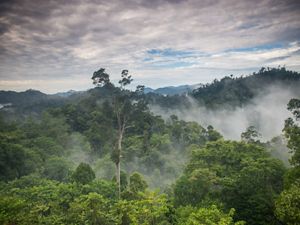Indonesia Fisheries
Indonesia is the largest archipelagic country in the world and the world’s second-largest producer of seafood.
Indonesia’s fisheries are of global importance. The country’s waters support over 3,000 species of bony fishes and more than 850 sharks, rays, and chimaeras. The fisheries industry employs about 12 million Indonesians.
Unfortunately, the majority of Indonesia’s fisheries are over-exploited or fully-exploited, and illegal fishing practices are common.
The Nature Conservancy is transforming fishery practices in Indonesia by monitoring fish stocks, tracking fishing vessels, developing species identification technology, promoting rights-based management in small near-shore fisheries and more.
FishFace
In Indonesia, TNC is developing a groundbreaking image-recognition application called FishFace. A winner of the 2016 Google Impact Challenge: Australia award, it allows fishers to identify and track their catches using mobile technology, eliminating common misidentifications and the need for expensive equipment.
Fish stocks around the world are declining—with an estimated 90 percent of the world’s fisheries over or fully exploited. In developing countries, like Indonesia, the decline of a fishery can have severe consequences for the environment and for people. Nearly 40 percent of the Indonesian population lives at or below the poverty line, so fishing in this nation of islands is a way of life and provides an important food source for millions of people.
A key challenge in addressing overfishing is the lack of data: We simply don’t know which species are being caught where and in what quantities. Especially in complex multi-species fisheries, like the ones in Indonesia and in many other tropical developing countries, useful fish data just doesn’t exist, making sustainable management almost impossible.
In fact, some 90 percent of fisheries globally are lacking in stock assessment data. Traditional methods of obtaining this data are prohibitively expensive, and so in the majority of fisheries in the developing world, the condition of stocks is unknown.
The goal of FishFace is to build this technology into a smart phone app that could be used on fishing boats throughout the region and eventually be deployed around the globe. Through the use of affordable image recognition software that will detect species from photos, much faster and more accurate sorting of fish will be possible at the processing plant, or even as fish are brought on board boats at sea.
Ultimately, FishFace technology will offer a low-cost assessment of fish stocks, providing the essential data needed to assess and manage fisheries that are struggling around the world and making a positive difference to hundreds of millions of people who depend on fish for income and food.
This important TNC-led scientific work has redefined knowledge of the richness and distribution of the region’s marine resources, inspiring new support for conservation. We need support from you, too.



